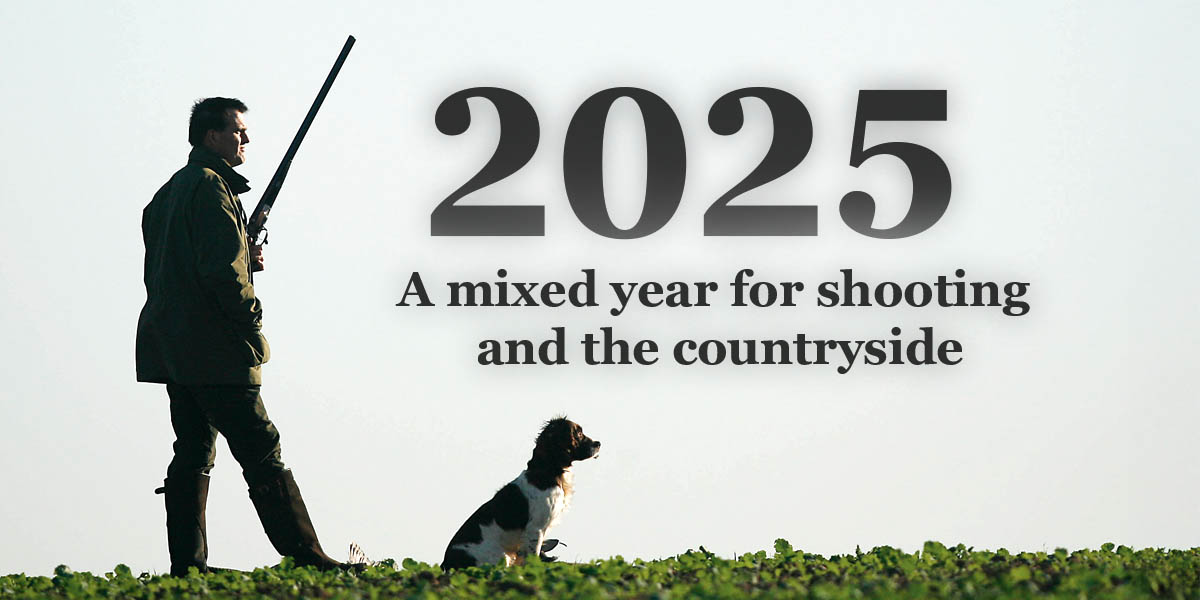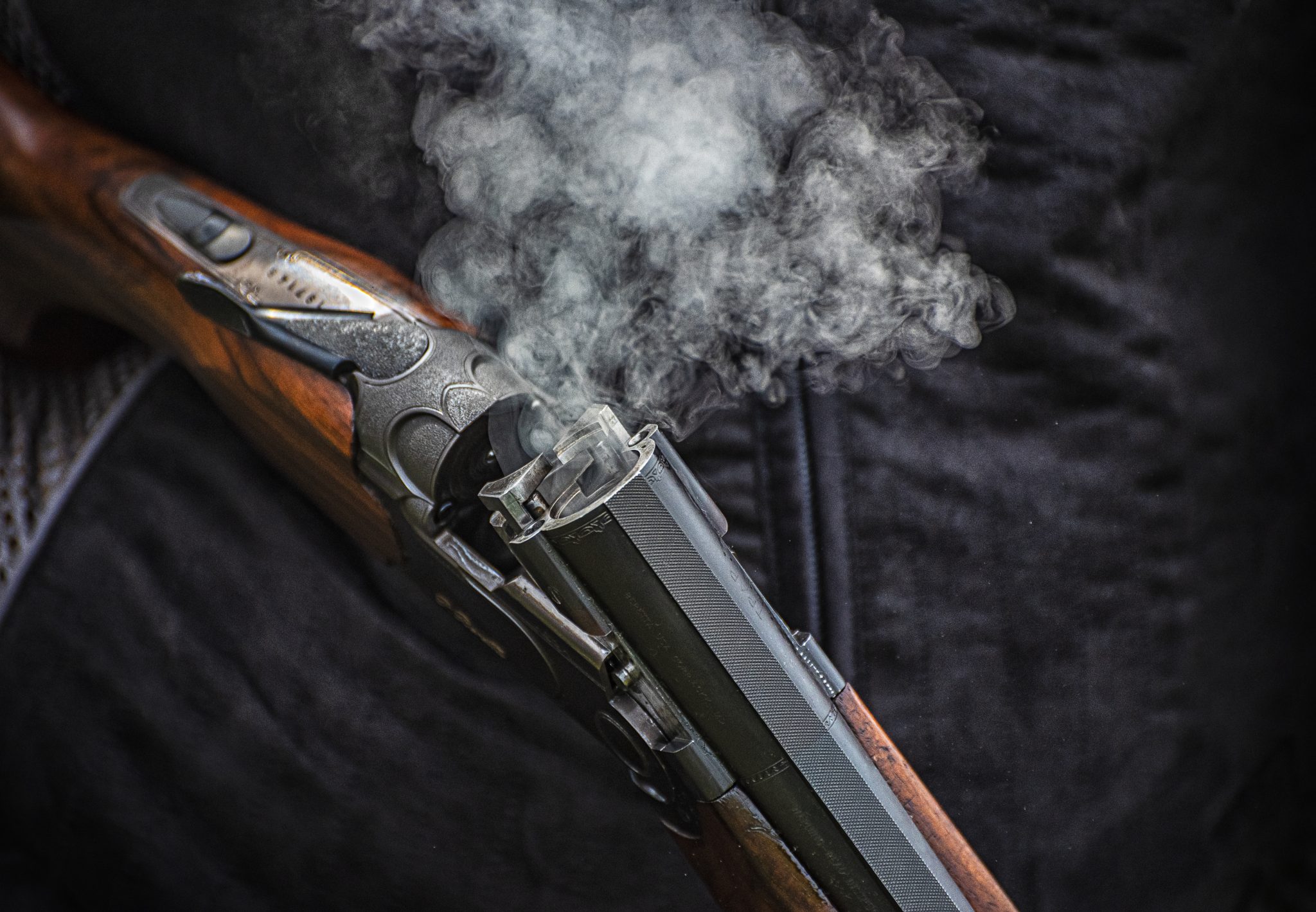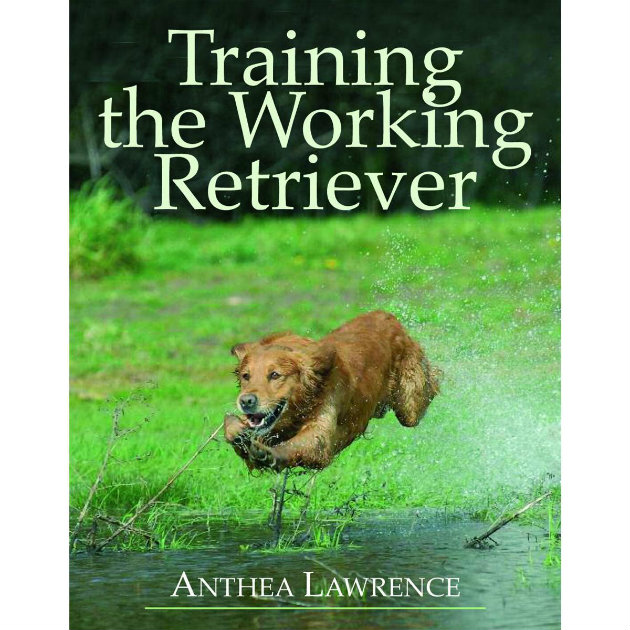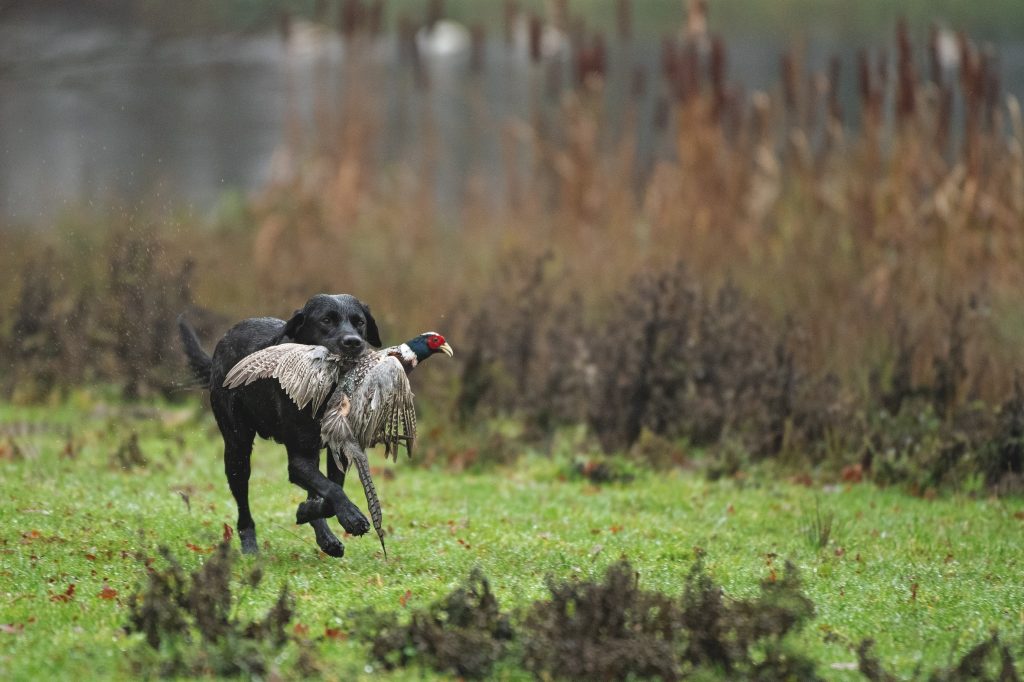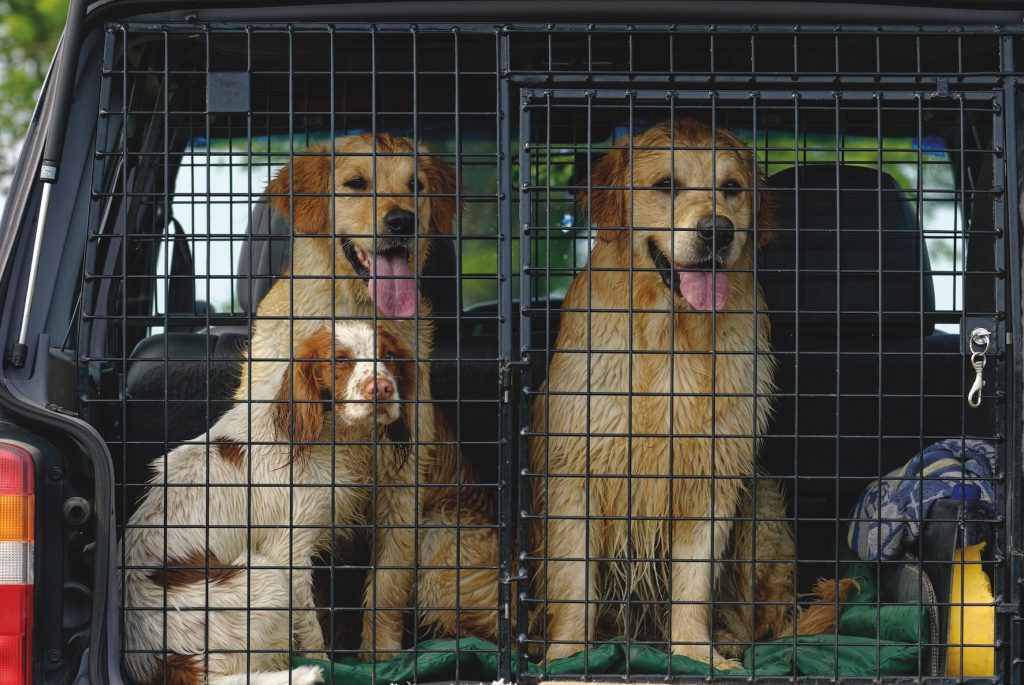Win CENS ProFlex DX5 earplugs worth £1,149 – enter here
Why aren’t golden retrievers more popular in the field?
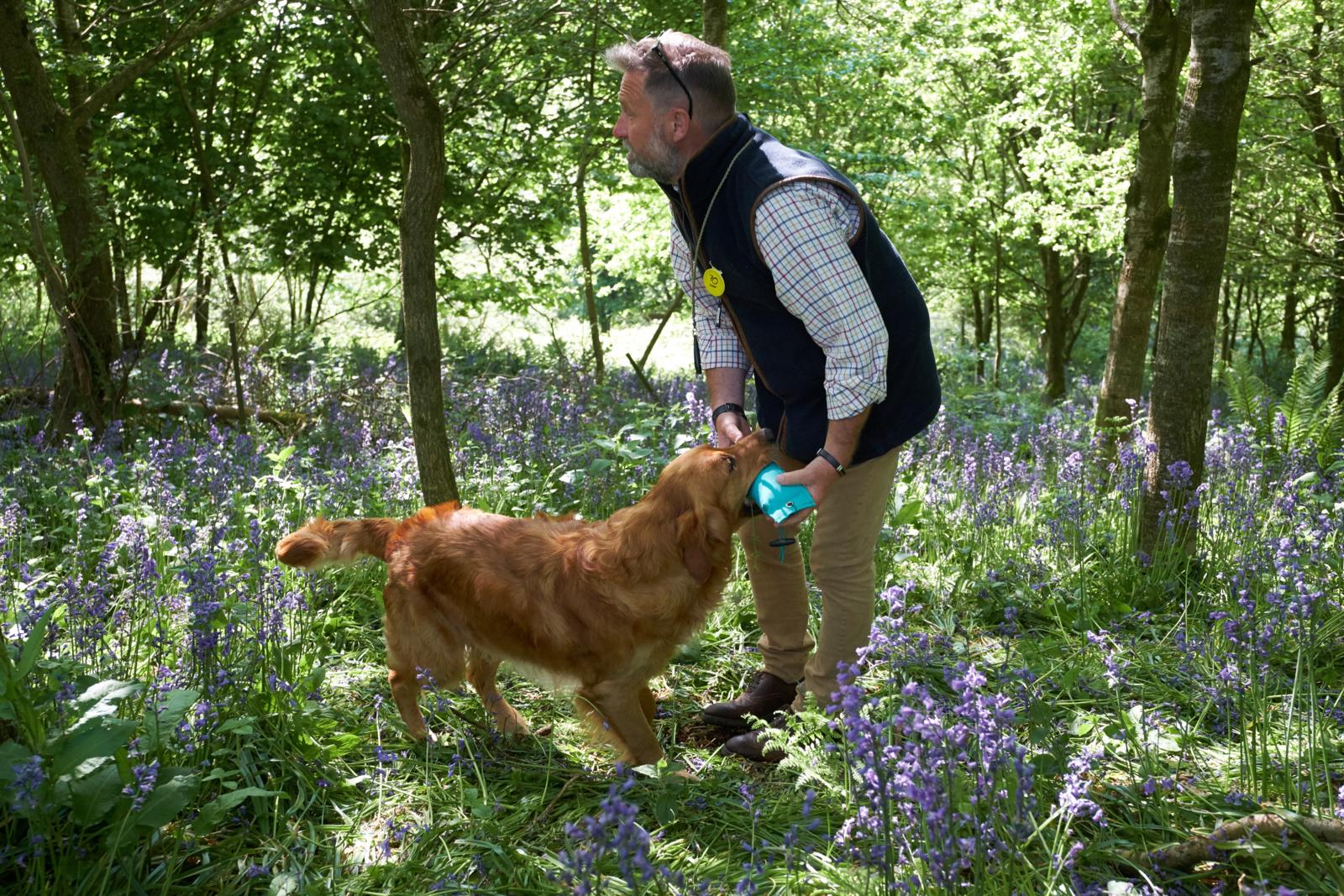
You’ll see plenty of labradors in the field but not so many working golden retrievers. Which is illogical because a golden retriever that has been well-trained is definitely the equal of a labrador. Golden retrievers are handsome, intelligent and easy to handle. So it’s a mystery. (Read this advice on training a working golden retriever.)
Show-bred golden retrievers tend to be thicker-coated, heavier-set animals, lacking the athletic ability of their finer-built, longer-legged working cousins. The colour of the coat is a good indication of a dog’s breeding, with the working dogs typically a wonderful shade of burnished gold, the show dogs more often a creamy yellow, sometimes almost white. (Read our guide to the best slip leads.)
Golden retrievers are handsome, intelligent and easy to handle.
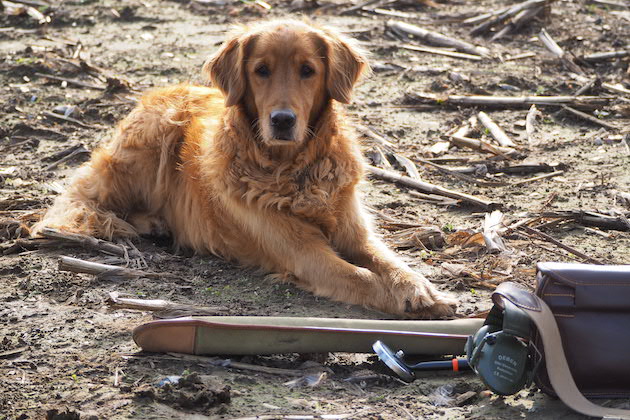
Golden retrievers make good peg dogs
Why labradors?
So why do most fieldsports fans opt for a labrador rather than a working golden retriever? Healthwise they’re both on a pretty equal footing. However a well-bred labrador is rather less pricey than a retriever and there aren’t that many working retrievers around. (Read what happens when you cross a labrador with a golden retriever?)
Age-wise both breeds live to around 11 or 12 years old, with cancer being the biggest cause of their demise.
The downside of golden retrievers
- Their coat needs a lot of attention, on a muddy shoot it will pick up dirt, twigs, brambles and other debris.
- They are big moulters
- Dogs kept indoors never stop shedding hair
- Working bred golden retriever puppies are not as easy to find as labradors
And the advantages
- They’re easier to train than spaniels and as easy to train as labradors.
- Their good nature and trainability is evident by their popularity as guide dogs.
- They make good family pets.
So are golden retrievers gun dogs?
Shooters who work golden retrievers will point out that they work differently from labradors. They often use air scent, which causes them to carry their head higher. Whether they hunt with heads up or heads down, the working golden retrievers I have watched have all impressed with their bird-finding ability. This is a breed that excels in a number of disciplines, ranging from search-and-rescue to guide dogs and assistance dogs. Retrieving is what they were originally bred for, as their name reminds us, and most retain instinctively their ability to do precisely that.
The late Graham Cox was one of the golden retriever’s biggest fans: he was a longstanding member of the Kennel Club’s field trials sub-committee, and worked retrievers for many years, making up two FTChs. He believed that if you “build an effective relationship with a golden, you will have a game-finder beyond compare.”
A friend says about the breed: “It’s difficult to explain why I like them so much, but whether seeing a working golden chasing down a runner or even something as simple as one just walking to heel, there is an elegance and style that you just don’t get with other breeds.”
A great working retriever enthusiast and story teller
Training a working retriever isn’t really any different from training a labrador, but if you want a book on the subject, turn to Training the Working Retriever by Anthea Lawrence. It is full of common sense with training methods methods based on kindness and co-operation. The emphasis is on producing dogs with good manners, able to cope with anything they encounter.
10 things that sum up golden retrievers
- Serious golden retriever people hate the term ‘goldies’ for their breed
- They’re not usually fussy eaters
- They have impressive bird finding abilities
- They’re easier to train than spaniels
- They moult, leaving golden hair behind
- They have soft mouths
- They live to about 11-12 years old
- They have elegance and style
- They have been used as guide dogs for a long time
- They have a placid nature
This article was originally published in 2016 and has been updated.
Related Articles
Get the latest news delivered direct to your door
Subscribe to Shooting Times & Country
Discover the ultimate companion for field sports enthusiasts with Shooting Times & Country Magazine, the UK’s leading weekly publication that has been at the forefront of shooting culture since 1882. Subscribers gain access to expert tips, comprehensive gear reviews, seasonal advice and a vibrant community of like-minded shooters.
Save on shop price when you subscribe with weekly issues featuring in-depth articles on gundog training, exclusive member offers and access to the digital back issue library. A Shooting Times & Country subscription is more than a magazine, don’t just read about the countryside; immerse yourself in its most authoritative and engaging publication.



